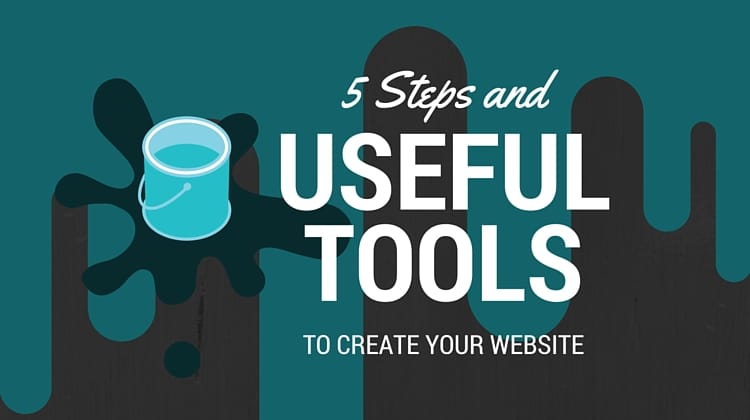
Yes, you can design and build your own website—even if this is your first foray into web design. While you may benefit from hiring a professional designer, creating the site you want is really a matter of having the right tools. With no further ado, read on to learn how to select the tools to use to create your website.
Step 1: Learn about Web Design
Do some research about web design. In fact, this bears repeating: learn as much as you can about web design. Read about basic design principles to ensure that you get the professional-looking website you have in mind.
Here is a list of some great resources for educating yourself:
- Net Magazine by Creative Bloq
- Envato tuts+ Web Design Tutorials
- Sitepoint
- Smashing Magazine (read their 10 Principles of Effective Web Design)
It wouldn’t hurt to look into some other resources as well. You might find something that speaks to you. It could also be helpful to try to learn a bit about HTML5 at this stage.
Step 2: Determine the Kind of Website You Want to Create
At this point, you should be feeling well-versed in the general principles of web design. Your next step is to identify your objectives:
- What kind of website are you building?
- What do you need it to do?
- What kind of functionality will it have?
The answers to these questions will determine which tools to use to create your website.
Step 3: Identify Your Level of Skill
The amount of experience you’ve had with web design will guide your choice of content management system (CMS). Be honest as you ask yourself some questions. Consider how much you know about web design. Also, consider how much you knew before you researched it, two steps ago. Are you embarking on your first website? Are you confident using a CMS like WordPress?
Platforms vary in their ease of use and they target different audiences. While a new web designer might find a platform like SquareSpace satisfyingly easy to use, an expert might find it too limited. Similarly, a CMS like Joomla might leave a newcomer to web design completely confused and frustrated. Seriously consider your web design abilities and expertise before settling on a CMS.
Step 4: Be Comfortable with the Tools You Use
Even more important than your level of skill is your pre-existing familiarity with a CMS. If you already know that you’ve been successful with WordPress, that’s what you should use. If you prefer the flexibility of writing your own code and you’re fluent in HTML, then you might want to write your own code. If you already know your favorite CMS, use it.
Step 5: Build Your Website
So that’s it. Research. Figure out what kind of website you want. Assess your skill level and familiarity with one CMS or another. All this will help you decide which tools to use to create your website. The last step that remains is sitting down and creating that website! Go ahead and design something great.
What tools did you use or do you plan to use to build your website?


Focus on Mobile friendly and well coding standard and content and layout of website because it is love by search engine and users as well.
Thank you for this wonderful guide.
Every website should have the main idea, what for is it created, what audience the site is going to encourage and only after you have an idea – start creating it!